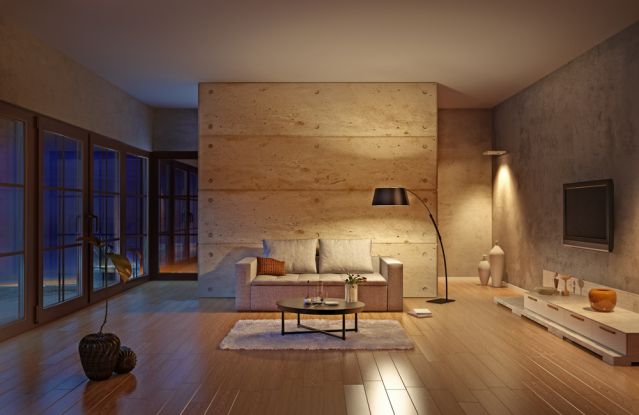Career
Doing Lights Right
Use an assortment of light bulbs to fine-tune your visual world.
Posted January 6, 2023 Reviewed by Tyler Woods
Key points
- Being in cool-colored light is great if you're doing some sort of mental work that’s best done while alert.
- Research indicates that we think more creatively when we’re in warmer light.
- Being in brighter light gives us an energy boost, while dimmer light is relaxing.

Regular old lightbulbs, the sort from your local hardware store that screw into the lovely lamp that you inherited from your Aunt Frances that has pride-of-place in your living room, are manufactured so that they produce warmer or cooler white light. Bulbs also can generate relatively brighter or relatively dimmer light.
You should use those warmer and cooler, brighter and dimmer lights based on your plans for a space.
We’ll be reviewing what cognitive science has to say about the implications of being in spaces lit by slightly warmer light or somewhat cooler light. The warmer light we’ll discuss ranges from around 2700 degrees Kelvin to about 4000 degrees Kelvin, which is where more clearly cooler light begins. Noticeably, cool light is found at around 6500 degrees Kelvin, or so—but there’s no need to buy some sort of special meter to figure out the temperatures of light bulbs you own or that you’re considering buying—most bulb packages now indicate whether their contents provide warm or cool light.
Being in cool-colored light is great if you're doing some sort of mental work that’s best done while alert; better cognitive performance, in that case, has been linked to being in places with cooler lights. Cooler light can be a good choice when you need to concentrate, but it’s a lousy option when you want to sleep. Cooler light can keep us awake, which is one of the reasons it’s a good idea to stop using electronic devices, such as iPads, long before bedtime if your electronics don’t automatically adjust the color of light from your screen as you get ready to slumber.
Being in warm light makes us think and feel differently than in cooler light. Under warm light, we’re generally more relaxed than we are under cool light, and we get along better with others when we’re in a warmer glow—probably one of the reasons that fireplaces are so popular. Research also indicates that we think more creatively when we’re in warmer light.
So, for example, if you do different sorts of work in your home office, make sure some of the bulbs there produce cooler light and some warmer light so you can turn lights on and off lights as appropriate.
Where you position bulbs of different colors influences how effectively they achieve the outcomes we expect from them. Cooler lights work best from overhead fixtures, say on the ceiling, while warmer light is best placed in tabletop or floor standing lights.
As you might expect, being in brighter light gives us an energy boost, while dimmer light is relaxing. Combining lights of particular colors and intensities makes achieving your lighting goals much more likely.
By the way, the garish red/green/blue/etc. bulbs sold around Halloween and other holidays are fine for holiday decorations, but that’s it. They distort skin color to odd shades, regardless of race, and those distortions make mingling with anyone a real challenge.
Different colors and intensities of light can help us feel calm or alert or make it more likely that we’ll get along with others or think creatively, for example. Next time you’re standing in the lightbulb aisle, use science to select the bulbs that’ll help you live the life you’ve planned.
References
Robert Gifford. 2014. Environmental Psychology, 5th Edition. Optimal Books: Colville, WA.


